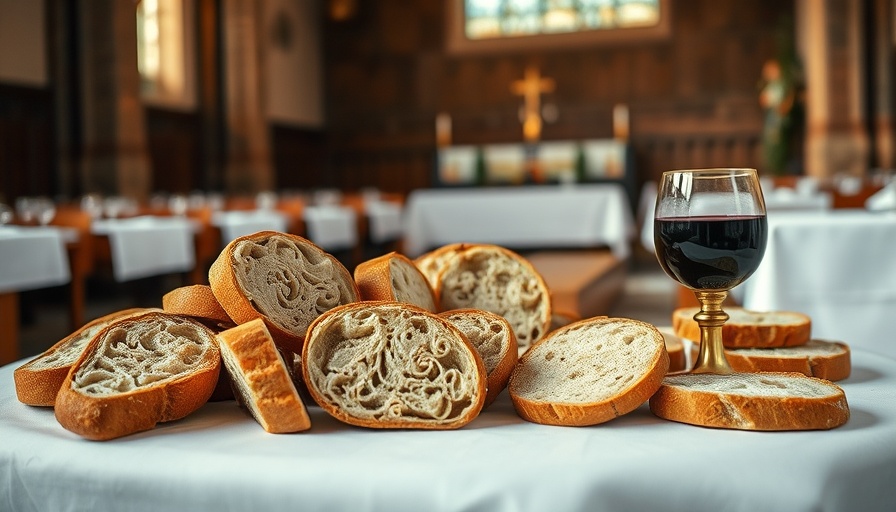
Gluten-Free Communion: A Shift in Tradition?
The Lord’s Supper is a cornerstone of faith for members of the Seventh-day Adventist (SDA) Church, symbolizing Christ’s sacrifice. It’s a deeply spiritual occasion where unleavened bread represents the body of Christ. However, the growing awareness of gluten intolerance and celiac disease has sparked debates on whether gluten-free bread can be a suitable substitute during this sacred observance.
Biblical Foundations: The Role of Bread
Bread has profound significance in biblical narratives. From the Passover described in the book of Exodus, where the Israelites were commanded to eat unleavened bread, to Jesus instituting the Lord's Supper during the Last Supper, the act of sharing bread holds deep roots in tradition. Exodus 12:15 commands, "Eat unleavened bread"—a directive that Hans Martin Schmidt notes maintains both historical and spiritual importance. The bread serves not only as sustenance but as a symbol of deliverance and hope.
The Rise of Gluten Sensitivities: A Modern Dilemma
As society evolves, so do dietary needs. Gluten intolerance and celiac disease affect countless individuals, making it essential for the SDA community to consider these dietary restrictions without compromising beliefs. This isn't just about bread; it's about inclusivity during an important sacrament. Research from institutions like the National Institute of Agricultural Botany indicates that modern wheat varieties contain much higher gluten levels than ancient grains. This drastic change prompts questions: Shouldn’t our spiritual practices adapt in a way that embraces those affected?
Historical Context: Bread Through the Ages
Understanding the historical elements surrounding bread in biblical times is crucial. Ancient grains like emmer wheat had lower gluten content, and many SDA members may not realize the nutritional implications of using contemporary bread. Historical records demonstrate that grains consumed during biblical times, such as barley and spelt, contributed to a healthier diet while providing the spiritual symbolism we cherish today. Celebrating this connection offers an opportunity to reevaluate how we approach communion bread.
Counterarguments: Tradition vs. Inclusivity
Despite robust arguments for gluten-free options, some traditionalists advocate for maintaining the customary unleavened bread. They argue that altering communion bread could dilute its biblical significance. Yet, it's essential to remember that the objective of communion is to engage in a heartfelt remembrance of Christ. As we grapple with this conundrum, how can we celebrate tradition while being considerate of the realities many face today?
Moving Forward: Unity in Diversity
As discussions continue, it's a time for the SDA community to reflect on inclusivity. Creating an environment where individuals can partake in the communion service without fear of health repercussions demonstrates true unity in faith. Perhaps gluten-free options could enrich the experience rather than detract from it. Unity does not stem from uniformity; instead, it can flourish through diversity.
Final Thoughts: The Bread of Life for Everyone
Whether gluten-free or traditional, what truly matters is the spirit of reflection, remembrance, and the community's collective commitment to Christ’s sacrifice. As we navigate the realities of healthy living and devotion, it’s crucial to create open dialogues within our community. Let this be an opportunity for growth and inclusiveness, where everyone, regardless of dietary restrictions, can share in the body of Christ. Should we sacrifice tradition, or should we allow compassion to guide our practices?
Let’s engage in deeper conversations around this topic, embracing our faith while being sensitive to the struggles of each member. Together, we can ensure that the Lord's Supper remains a personal and unifying experience for all.
 Add Row
Add Row  Add
Add 




Write A Comment